‘It’s unprofitable: cattle maintenance becomes expensive, while milk prices goes down’
Tatarstan farmers about the problem of reduction in the number of cattle in the republic
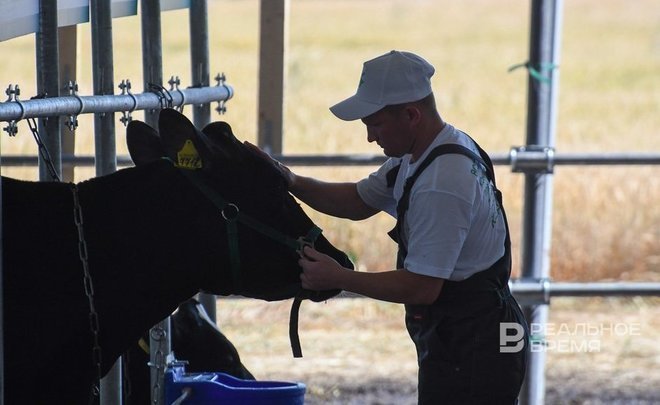
The number of cattle in Tatarstan continues falling, including at private households. This was discussed behinds the scenes of a pedigree milk animal contest during Russian Field Day exhibition in Kazan. Farmers and ordinary country people explained that they have to refuse keeping cattle at their households: “It is unprofitable at all,” they admitted to Realnoe Vremya’s correspondent.
“40 cows left in the rural herd instead of 60”
Ilnur Shamsutdinov lives in Vakhitovo village, Kukmor District, and works as a cattle breeder’s assistant at Agrofirma Vakhit with 6,000 head of cattle, 3,000 of them are milk cows. Every cow daily produces 30 litres of milk on average. Ilnur Shamsutdinov also has four cows at his personal household, which is a rare occurrence today — many refuse to keep cattle.
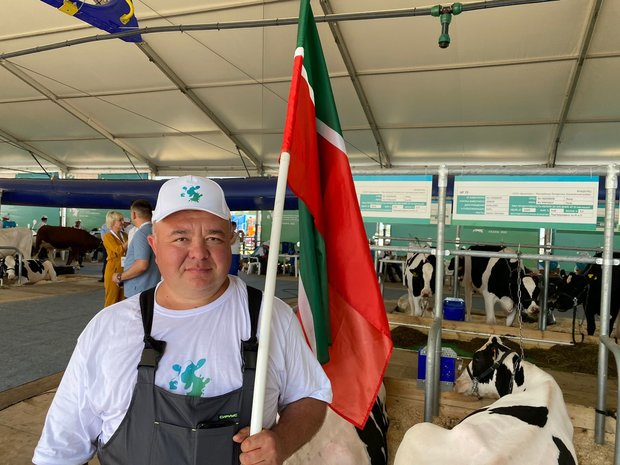
“The fall in the milk price is the main reason. It has especially seriously decreased this year. Today milk collectors buy it from the population for 19 rubles 50 kopeks per litre. The difference compared to the last year is very significant — nearly 10 rubles cheaper. Last year it was 29-30 rubles per litre. At the same time, forages become only expensive. Now there is drought too. We hope hay silage will save in this situation. And the collective farm helps with hay and grain forage,” the farmer said.
According to Ilnur Shamsutdinov, one can judge how this situation affects the amount of cattle can by the size of the rural herd. 60 cows were pastured last year, this year only 40.
“It becomes unprofitable to keep cattle”
Vice Director of Renaissance agricultural firm Rishat Valiyev also talks about the same problem for private households. A young cow daily produces 30-40 litres on average at the household, after that, after the animal calves for the second time, the milk yield increases to 50-60 litres a day. The farm has a total of 1,200 milk cows, the total cattle amount is around 4,000. At the same time, the cattle amount in villages is seriously falling, noted the interlocutor of the newspaper.
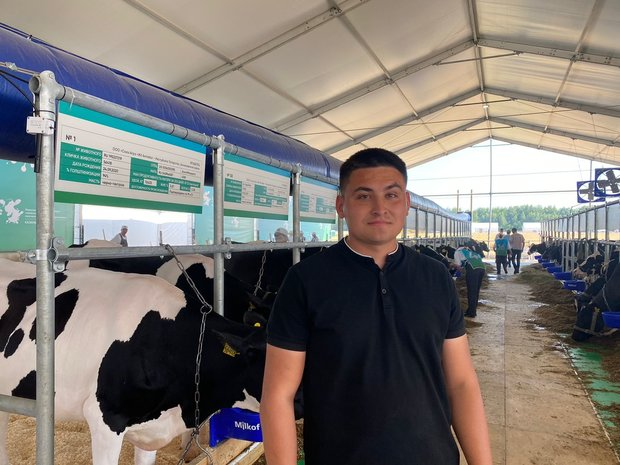
“Like everywhere, the low milk purchase price is the problem. Now private households’ milk is collected for some 18-20 rubles per litre, while cattle maintenance is becoming expensive. For instance, a hay roll costs around 2,000 rubles, grain forage is 8 rubles per kilogramme. It is becoming unprofitable to keep cattle at your household. At our household we try to help our employees who stop keeping cattle. We bought a roller, make mono-forage and place it in 20-kg bags. One can receive 25-30 litres of milk from one cow at your own household using such forage and not buying hay or grain forage additionally. We sell forage to our employees at a prime cost,” said Rishat Valeyev.
“The price is too low for both milk and meat”
Collectors have a low price for not only milk but also meat, said Rifat Zamaletdinov, chief livestock specialist and veterinarian of Logos household. 520 head of pedigree cattle was brought from Canada here in 2008. Now the household has 726 head of pedigree oxen.
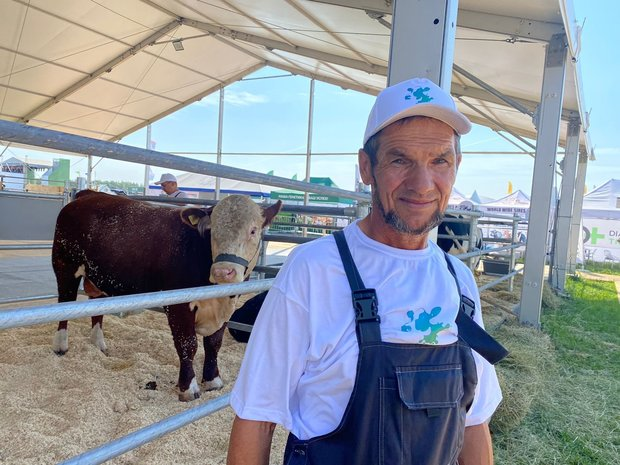
“This breed is very calm and quickly adapts to our climate. Individuals buy our oxen too, they buy them for fattening. The live weight price is now 250-300 rubles per kilogramme. If we sell below this bar, there is no reason in keeping the household and breeding livestock,” the chief livestock specialist thinks. “We breed pedigree oxen and we would like to sell the real weight, not just for meat, to increase the number of pedigree animals. These sales aren’t very active, though the state gives us subsidies to buy pedigree cattle.”
Rifat Zamaletdinov admitted her refused from cattle at his own household. He says to have neither time nor big profit. His household has goats, chickens and ducks: “We don’t keep cows. The main reason is that milk prices are very low — around 18 rubles per litre.” Breeding livestock for meat is also becoming unprofitable, the man complained:
“We collectors accepted meat for 150 rubles per kilogramme last year, today they reduce the price to 140, and even 130 rubles per kg. We have to accept this money. We anyway have to sell the cattle. What can we do?”
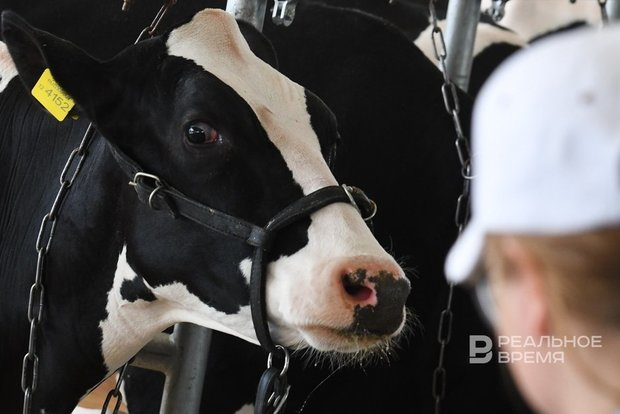
According to the veterinarian, collectors say the price is low because there is too much meat and milk in the market, they are imported from other countries, for instance, from Belarus:
“It is an illogical situation: cattle maintenance becomes expensive, while milk and meat price goes down. Though sale is the main problem. Country people are ready to work a lot but to receive at least some profit.”
There is a fall in livestock across Russia, including in Tatarstan. It reached its record-low in 2022 — around 17 million head in the country. To compare, the agro-industrial sector had 57 million even in the early 1990s. In the last three years, Tatarstan has lost a tenth of cows, the cattle at all households has reduced by 106,000. The number of livestock continues falling this year too. The latest data suggests that the republic had 924,900 head of livestock in late April, which is 0.9% below the same period last year.